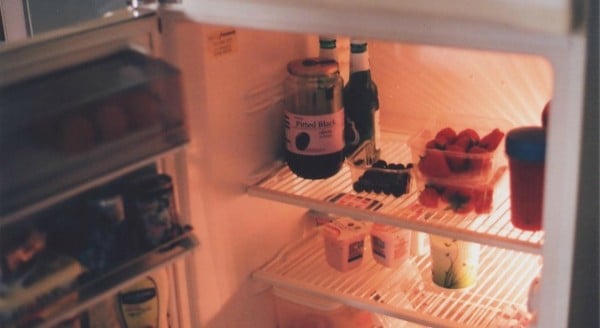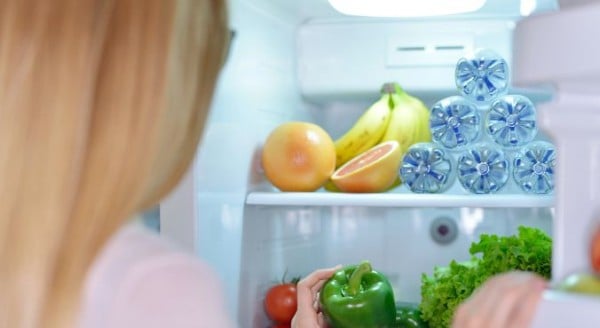
Image via iStock.
By: Geremy Farr-Wharton, Queensland University of Technology
Most people will say they actively try to avoid wasting food, yet Australians collectively throw away almost A$6 billion worth of food every year, and food waste represents about a quarter of all household rubbish. This waste usually ends up in landfill where it decomposes, producing potent greenhouse gases such as methane.
The majority of this food comprises meal leftovers, partially used food (such as half an onion), and whole foods that expired before they could be consumed.
RELATED: Herb ice cubes and 4 other ways to stop wasting food (and money).
With the average family household throwing out up to three 5-litre bin liners full of food every week, there is clearly some room for improvement.
To help households waste less food, first we need to understand exactly why it happens. My research has identified three major contributing factors: food location knowledge (where are items stored?), food supply knowledge (what items are available?), and food literacy (how are items used and how do we judge if they are still edible?).
RELATED: 15 ways to avoid wasting all your money on off food.
A lack of food location knowledge would leave food items languishing out of sight, buried the back of the fridge. A lack of food supply knowledge would lead to purchases of food that we already have (stockpiling). And low levels of food literacy can lead to edible food going unused.

